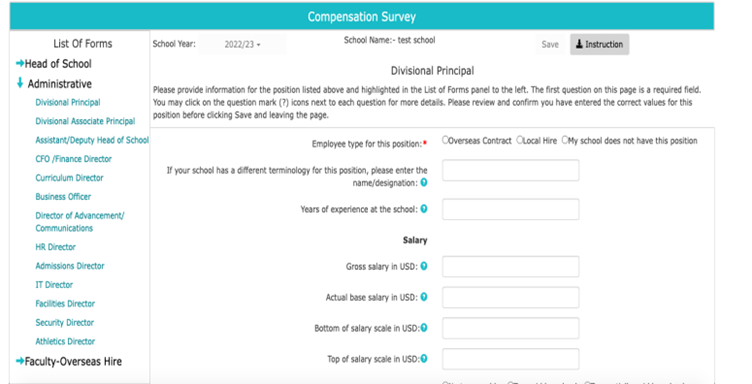Worldwide Compensation & Benefits Benchmarking.
Worldwide Compensation & Benefits Benchmarking solution designed to evaluate the current standing of school in region or globally so that leadership team can make data informed decision. By comparing their compensation and benefits packages with other educational institutions, they gain valuable context and insights into their performance.



